Helen Hill | Darwin Project
A review article involving Stephanie Dutkiewicz and Oliver Jahn suggests the diatoms have more diverse roles in carbon cycling than previously understood. Continue reading A More Diverse Role for Diatoms

Helen Hill | Darwin Project
A review article involving Stephanie Dutkiewicz and Oliver Jahn suggests the diatoms have more diverse roles in carbon cycling than previously understood. Continue reading A More Diverse Role for Diatoms
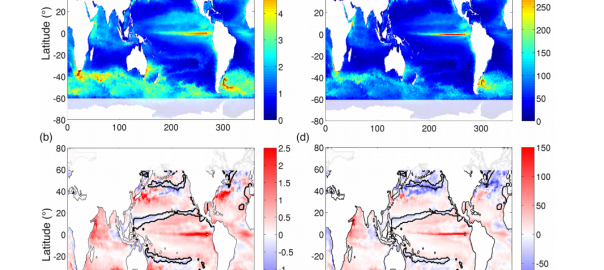
Helen Hill | Darwin Project
It’s been a decade since the inception of the MIT Darwin Project, an alliance between physical oceanographers, biogeochemists and marine microbiologists at the Massachusetts Institute of Technology (MIT). The goal of Darwin remains to couple state of the art physical models of global ocean circulation with biogeochemistry and genome-informed models of microbial processes to understand the interplay between different elements of the marine ecosystem leading to observed balances between physiology and the marine environment. Continue reading What you Can Do With a Really Rather Realistic Ocean Model
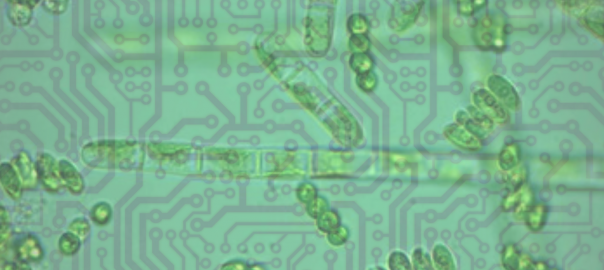
Helen Hill | Darwin Project
Microbes mediate the global marine cycles of elements, modulating atmospheric CO2 and helping to maintain the oxygen we all breath yet there is much about them scientists still don’t understand. Now, an award from the Simons Foundation will give researchers from the Darwin Project access to bigger, better computing resources to model these communities and probe how they work. Continue reading Phytoplankton & Chips
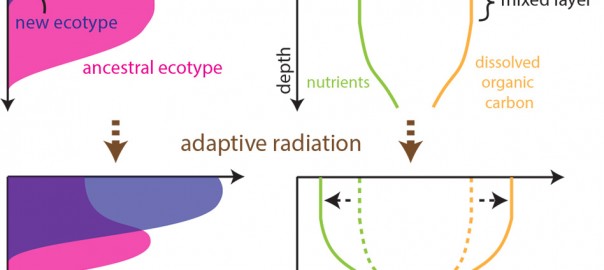
Ubiquitous marine organism has co-evolved with other microbes, promoting more complex ecosystems. Continue reading Tiny bacterium provides window into whole ecosystems
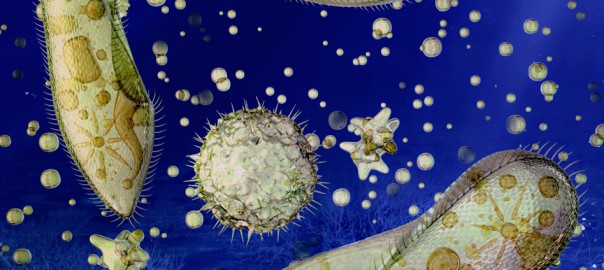
Graduate Student Emily Zakem and advisor Mick Follows find bacteria can survive in marine environments that are almost completely starved of oxygen. Continue reading New study sets oxygen-breathing limit for ocean’s hardiest organisms.
Song, H., J. Marshall, M.J. Follows, S. Dutkiewicz, and G. Forget. Source waters for the highly productive Patagonian shelf in the southwestern Atlantic. Journal of Marine Systems – early online edition.
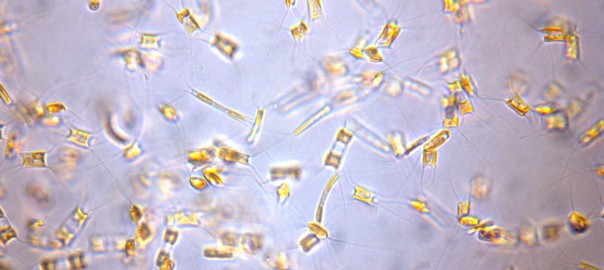
The elemental composition of organic matter is remarkably constant throughout the world’s oceans, but phytoplankton are known to take up nutrients and carbon in quite variable ratios depending on light and nutrient conditions.
In a paper published online in the journal Global Biogeochemical Cycles last month, Darwin Project researchers David Talmy (MIT), Christopher Hill (MIT), Anna Hickman (Univ. of Southampton, England), and Mick Follows (MIT), in a collaboration with Adam Martiny (Univ. of California, Irvine), report on their work seeking to understand what ecosystem factors could cause the elemental composition of organic matter to remain stable and relatively constant (homeostatic), even when the phytoplankton can have quite variable composition. Continue reading Keeping Things the Same
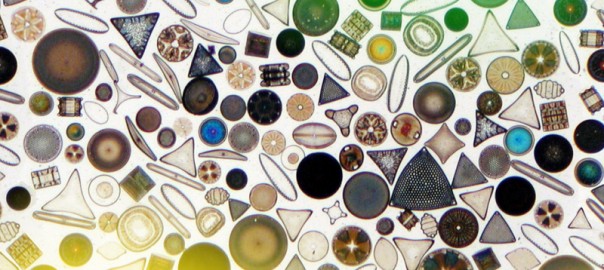
Study led by principal research scientist Stephanie Dutkiewicz finds many species may die out and others may migrate significantly as ocean acidification intensifies. Continue reading Ocean acidification may cause dramatic changes to phytoplankton
Dutkiewicz, S., J.J. Morris, M.J. Follows, J. Scott, O. Levitan, S.T. Dyhrman, and I. Berman-Frank, 2015, Impact of Ocean Acidification on the Structure of Future Phytoplankton Communities. Nature Climate Change, doi: 10.1038/nclimate2722
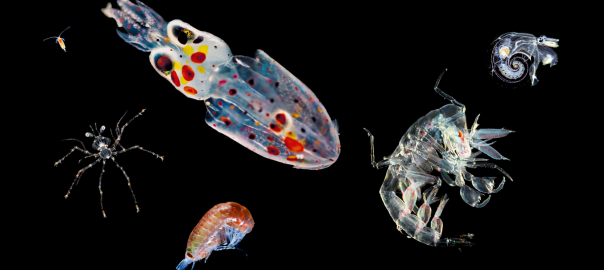
Read this story at oceans.mit.edu
Tara Oceans, an international consortium of researchers that explored the world’s oceans in hopes of learning more about one of its smallest inhabitants, reported their initial findings this week in a special issue of Science. Plankton are vital to life on Earth—they absorb carbon dioxide, generate nearly half of the oxygen we breathe, break down waste, and are a cornerstone of the marine food chain. Now, new research indicates the diminutive creatures are not only more diverse than previously thought, but also profoundly affected by their environment. Continue reading Uncovering a Diverse Invisible Ocean World